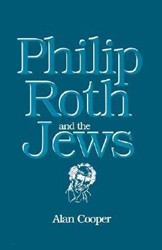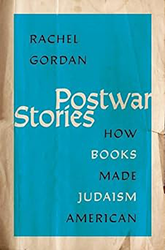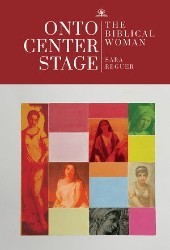Over his long, prolific career, Philip Roth cultivated a mystery: his private self. In recent biographies, he’s a puzzle. In his self-revealing, self-concealing novels, he’s a trickster. Roth can seem like Dylan or Warhol — the inscrutable famous, and famously inscrutable. We know too much about them, while also knowing too little.
Now comes a thoughtful, timely exploration by Jacques Berlinerblau. In The Philip Roth We Don’t Know, hehe attempts to X‑ray Roth’s fiction while assessing his legacy. Will Roth’s reputation survive #MeToo? Should it? To answer, he reads Roth forensically. His project is simple yet ambitious: reading Roth rigorously; mapping Roth’s obsessions.
One enduring obsession was selfhood. Roth was a poet of the self: selves in trouble, selves in flux, selves reflecting endlessly on their problems. Roth’s male hysterics simply can’t pause; they’re not only motormouths, they’re “motorminds,” nonstop thinkers. “Roth’s protagonists might make idiotic decisions,” Berlinerblau writes; “let it never be said that they do so thoughtlessly.”
Another obsession — neglected by scholars — was racial matters. As Berlinerblau shows, Roth returned repeatedly to race, in ways that trigger suspicions. Reading the early novels, he finds them “quite disturbing” and “not infrequently racist.” These strong assertions require a daring leap — that Roth is speaking through his characters. At worst, Roth seems bigoted. At best, he’s simply obtuse, like an embarrassing older uncle.
Convincing or not, this analysis raises timely questions. Should we judge a writer’s obsessions? If those obsessions make us queasy, should we discard him? This leads to Berlinerblau’s second chapter, “Old Men, Young Women,” about Roth’s much-debated misogyny.
Here, Berlinerblau is more equivocal. He refuses to label Roth “just another White Guy who prose-ogled women’s bodies.” True, lecherous males abound. Young, attractive women beguile vastly older men. What bothers Berlinerblau, however, is Roth’s revenge-taking on actual women — his ex-wives and girlfriends. “The charge of misogyny,” he writes, “becomes hard to avoid.”
Today, many younger readers share his unease. And no wonder. Roth is excessive, unruly, anarchic; if he’s pious about anything, it’s transgression: saying the unsayable, describing messy, shameful, conflicting desires. Can we celebrate Roth’s rude rebellions against groupthink and good taste? Or is our pleasure dampened by Roth’s narcissism and hypermasculinity?
These issues enliven Berlinerblau’s book, as do questions of interpretation. A complex, divided author; a huge, varied oeuvre. Can Roth be pinned down? Whatever you’re seeking, you’ll find it — and its opposite — in Roth’s twenty-eight novels. Call it the Roth Paradox: the loudest, most personal of authors was also capable of vanishing into his art.
Still, Berlinerblau’s smart, thoughtful survey largely succeeds. It scans Roth’s fiction, troubles our enjoyment, and, despite calling itself a “reverse biography,” deepens our understanding of Philip Roth. “Never trust the artist,” wrote D. H. Lawrence. “Trust the tale.” Heeding that advice, Berlinerblau locates Roth in his fiction. Of course, he was there all along, hiding in plain sight.
Jesse Tisch is a writer, editor, and researcher. He lives in Manhattan.





